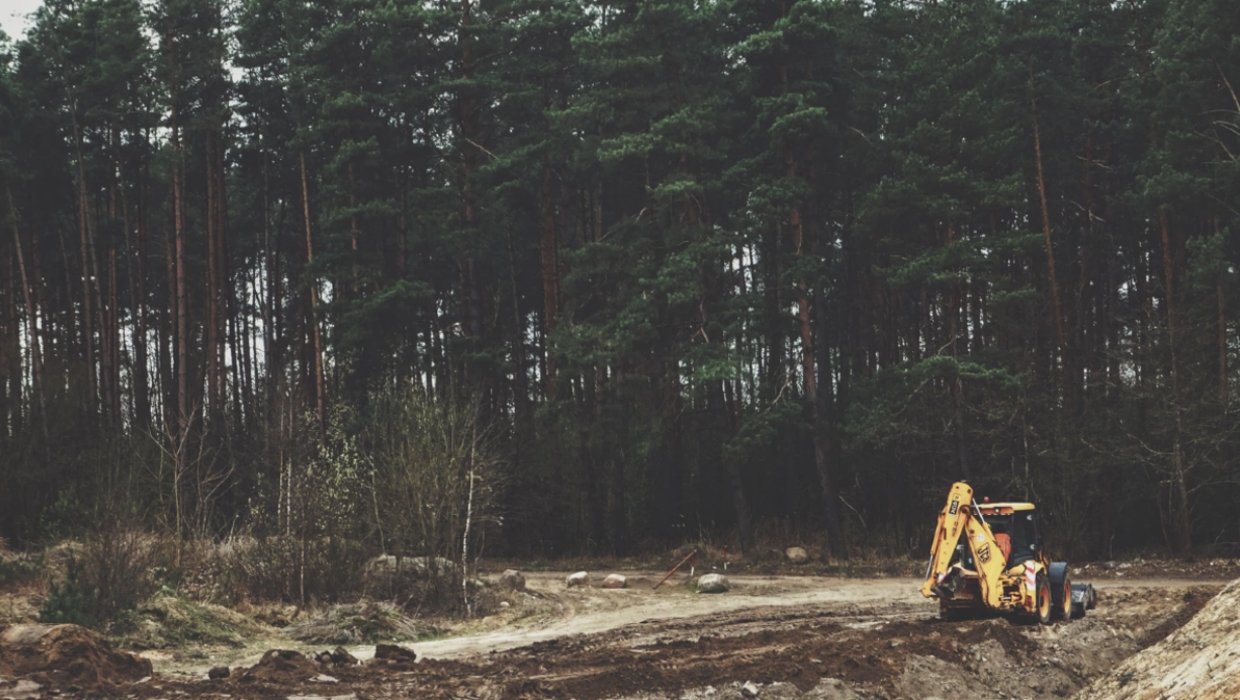Waterproof Paper: An Eco-Friendly Alternative To Paper

For any of you out there who are parents of school-aged children, have you ever been baffled by some of the supplies requests from your children’s teachers? Glue, tissues, and other shareable items make sense; it’s a good way to split resources so that everyone in the class has access to the same materials. But what about requests for incredibly common, inexpensive items like paper? It might seem innocuous enough when your child’s teacher asks everyone to bring in two reams of regular, white printer paper. But in a class of 20–25 students, that’s 40–50 reams of paper to last the school year — and for many teachers, even that isn’t enough.
Most of us tend not to put much thought into paper as a product, in large part because it is so inexpensive and readily available. But as you look around at the notebooks, books, junk mail, and random business cards lying around your house, it quickly becomes clear just how prevalent paper products are throughout our daily lives.
Paper Waste and Environmental Impacts
Consider this: how many times a week do you get the mail and immediately toss a stack of junk mail? We know, it’s not like you have control over the stacks of advertorial postcards and credit card applications you get sent. But for the most part, the promotional materials we receive in the mail inevitably end up tossed in the trash and waste away in a landfill — and that’s really just the tip of the paper-waste iceberg.
While paper is an inexpensive and readily available resource, it also causes an incredible drain on planetary resources. The entire process of making tree pulp-based paper creates a major environmental strain in multiple ways. Starting with the volume of water and oil needed to process trees down to paper, all the way through to the finished paper products that are destroyed, thrown away, or otherwise used up, it adds up to a lot of natural resources expended to create products that don’t typically last all that long. When you factor in the trees cut down, the water waste, the oil used to power machinery, and the impacts on the ecosystems the trees are taken from, the process of making paper has widely spread effects.
Reducing Paper Consumption
The good news is that more individuals and groups are taking note of humanity’s impact on the planet. This means that there are a growing number of options to help us reduce waste and minimize those more damaging environmental impacts that many production processes have. In terms of paper consumption, one of the most helpful things that anyone can do is cut down on use. Going digital is a great help wherever possible, but it’s not always possible to replace paper products with digital alternatives. Some other ways you can reduce paper use include:
- Using washable hand towels/washcloths instead of paper towels
- Using an e-reader and going to the library instead of buying paper books
- Signing up for e-billing instead of getting paper copies — likewise, get all important documents in electronic form
- Go digital with newspaper and magazine subscriptions
- Only print the part of a document you need, rather than the whole thing
- Use up an entire sheet of paper on both sides (and recycle when done) or use a white board for notes and brainstorming
- Use reusable grocery sacks instead of paper bags
- Get a reusable coffee filter instead of the disposable paper ones
This is by no means a comprehensive list, but it can be a great way to really cut down on paper consumption as an individual/household. The other key thing to remember is to recycle as much as possible to help minimize the amount of new paper products that need to be produced.
Finding Better Paper Alternatives
The biggest change you can make, on both the individual level and on the business level, is to replace paper products with reusable alternatives as much as possible. As you might have gathered from the list above, there are plenty of alternatives out there for many traditionally paper uses. But, when only paper will cut it, alternative materials like waterproof paper can help drastically cut down on your traditional paper needs.
TerraSlate waterproof paper is designed to last through a great deal and still look great. Because our waterproof paper is rip-proof — and not made like traditional paper — it gives you a much more eco-friendly option to replace common paper needs like signage/marketing materials, maps and blueprints, safety signage, labeling, and more. Any time you have paper goods that you need to last, switch to waterproof paper.
Think about the last time you walked around a local downtown or town square. That’s a common spot for posters and other advertisements. But how many of those signs were ripped, dog-eared, or blurred by moisture? All it takes is one strong rain storm and even a water-resistant paper with a protective coating will end up flopping into a sodden pile of paper pulp. Our waterproof paper is made from synthetic materials; it’s not just traditional paper treated with a protective coating, so the waterproof and durable benefits run all the way through each sheet. Any time you need to create a poster, warning sign, or map, using our waterproof paper gives you the durability so that you can print an item once — instead of printing and re-printing each time a sign is destroyed. The one way our waterproof paper works like the traditional is that it can be printed on with a standard laser printer or copy machine. There are no additional finishes or processes needed to give you great quality and highly durable waterproof materials.
Reducing Your Footprint
Here at TerraSlate, we want to help you reduce your paper use by providing you with a useful, durable alternative. Explore everything from posters and flyers to waterproof adhesives and lined paper on TerraSlate.com and see how we can help you create the signage, maps, and even waterproof restaurant menus you need while cutting down on paper waste. Shop online today to change habits and cut down on your carbon footprint with our durable waterproof paper products!






